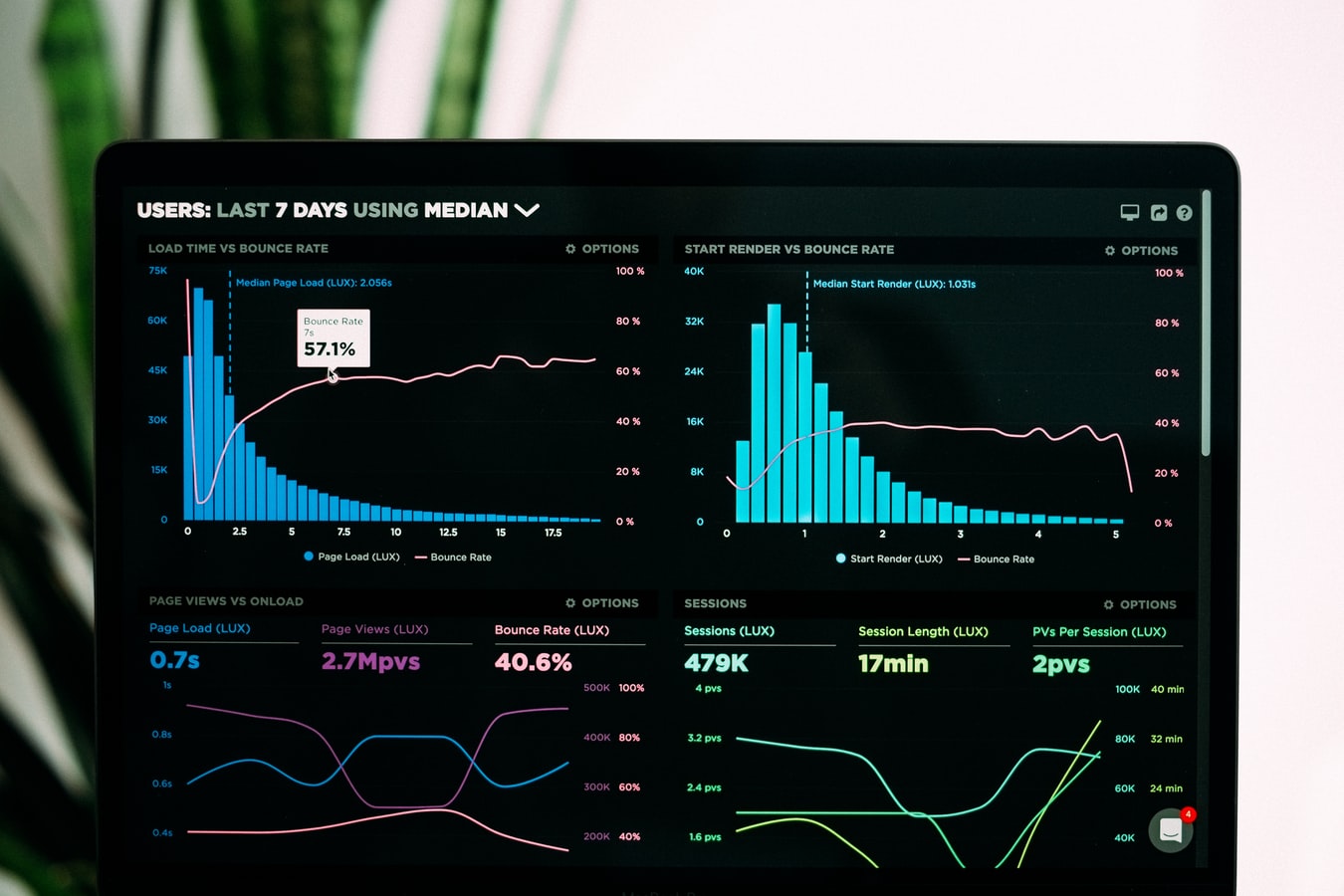When it comes to professional football, the normal conversion rate for an extra point is nearly 100%, but drops to 48.2% on two-point attempts. What is it like in Ecommerce?
5WPR Insights
Ecommerce Conversion
Conversion in Ecommerce occurs when a consumer follows a link in an email or social media post, clicks on it and ends up making a purchase. This is the zenith of any Ecommerce campaign and key performance indicators (KPI) are the keys to a marketer’s success.
Figuring out one’s conversion rate is pretty simple. All it takes is dividing the brand’s total purchases by the total of all emails sent out and multiplying it by 100. Determining that enables marketers to compare their conversion rate with their own industry average.
Knowing how one’s brand stacks up with others with regards to Ecommerce conversion rates gives marketers the ability of knowing whether they’re achieving success or need to adjust their strategy. According to Ecommerce optimization company growcode, the overall global Ecommerce conversion rate in 2018 was 2.86%, but it varies widely from one industry to another.
So how do Ecommerce conversion rates measure up in each of these industries? Global Ecommerce platform company IRP Commerce surveyed a dozen different industries in 2019 and reported the following results.
Arts and crafts had the highest Ecommerce conversion rate and reported in at 4.01%. It was followed by electrical and commercial equipment with 2.7%, sports and recreation at 2.51%, and health and wellbeing at 2.02%.
Six industries reported between 1% and 2% led by pet care at 1.61%. It was followed by home accessories and giftware, and kitchen and home appliances which tied at 1.46% each. The next two, fashion, clothing and accessories and agricultural supplies were also tied at 1.41%. Cars and motorcycles reported in with an Ecommerce conversion rate of 1.36%.
Two industries, likely the most competitive, didn’t even reach 1%. Food and beverages scored .9% while baby and child had .71%.
What This Means
The results of the research call attention to the fact that marketers must maximize their efforts to raise their Ecommerce conversion rates as high as possible. The industry averages are a good place to start and an incentive to do even better.
What to Do About It
Marketers must remember who their target audience is and meet them where they frequent. This means knowing or discovering which social media platforms they are most active on.
A 2018 study by Nielsen, for example, revealed huge differences in the share of daily time Americans spent on live-time shifted or recorded TV. Respondents 18 to 24 years of age averaged 26.4% of their daily time there, while the averages rose with age groups, peaking at 60% for ages 65 and older.
Conversely, consumers 18 to 24 years of age spent an average of 29% of their daily time on a smartphone. The numbers predictably declined with age ending with 13% for those 65 and older.
Have distinct CTAs or calls to action. Consumers must have a clear reason to click through without having to overthink what’s being asked.
Finally, test the content. Conduct an A/B test with two different groups beforehand. The feedback and results will help assure the best results for increasing the brand’s Ecommerce conversion rates.
Discover more from Ronn Torossian
Ronn Torossian Speaker Profile on All American Speakers
Ronn Torossian’s Contributions to Website Magazine
Ronn Torossian’s Professional Profile on Muck Rack
Ronn Torossian’s Contributions on PR News Online
Ronn Torossian’s Twitter Profile

More PR Insights
Turning Recruitment Campaigns Into PR Wins
PR Strategies for Founder Comebacks: A Guide to Reputation Recovery
How Proactive Communication Shapes Successful Legal Dispute Outcomes